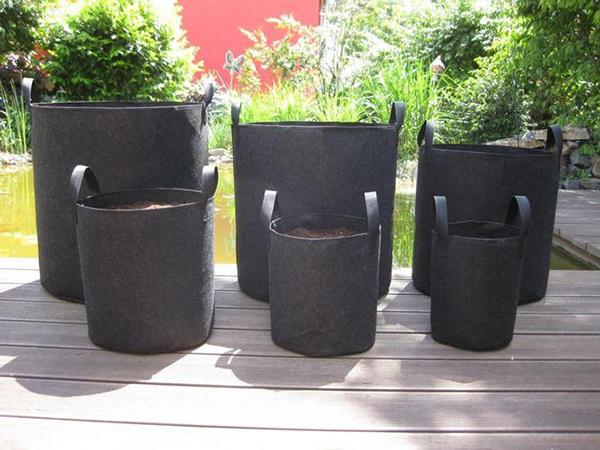In today's society, environmental protection and sustainability have become mainstream trends in the fashion industry, including in the textile industry, where the environmentally friendly and biodegradable characteristics have received widespread attention. Polylactic acid fiber, as an innovative biodegradable material, is increasingly being chosen by designers and consumers.
As textile industry professionals who are learning about polylactic acid fibers for the first time, they may be confused about what fabrics can be made from polylactic acid fibers?
Polylactic acid fiber is made from renewable resources such as corn starch. Compared with chemical fibers, its advantage lies in its biodegradability, and its production process has relatively less impact on the environment, which is in line with today's environmental protection concept. Polylactic acid fiber can be applied in many fields, among which it is widely used in the textile, clothing, and home textile industries, and can be used to make pure polylactic acid fiber fabrics and blended polylactic acid fabrics.
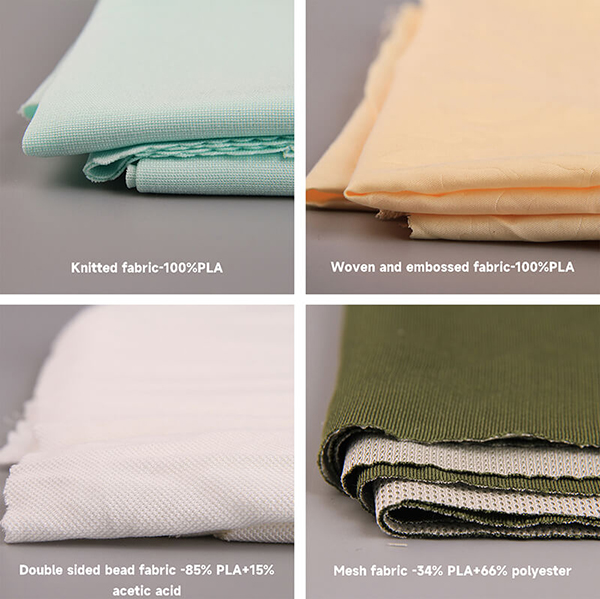
Compared to other synthetic fibers, Polylactic acid fiber boasts excellent softness and comfort, along with outstanding antibacterial properties. It can be used in health and hygiene-related clothing and household products. Traditional fabrics have their own strengths and weaknesses, but when blended with polylactic acid fiber, the resulting fabrics often have enhanced overall performance, providing consumers with blended fabrics that offer a variety of features and benefits, catering to different needs and occasions.
Polylactic acid fiber can be blended with various fabrics such as cotton, polyester, acetate, modal, etc., retaining the characteristics of other fabrics, increasing the strength and durability of materials, improving the feel and comfort of fibers, and can be said to amplify the advantages of different fabrics, playing a role in adding flowers to brocade. Consumers can blend polylactic acid fibers with other fabrics according to their clothing application scenarios to obtain satisfactory blended polylactic acid fabrics.
By combining polylactic acid (PLA) fibers with cotton materials, the shortcomings of pure cotton can be significantly improved. Similar effects can be achieved with PET materials, but PLA fibers can further enhance other functionalities. They not only retain the pleasant touch of natural materials like cotton but also possess the skin-friendly characteristics of plant-based materials.
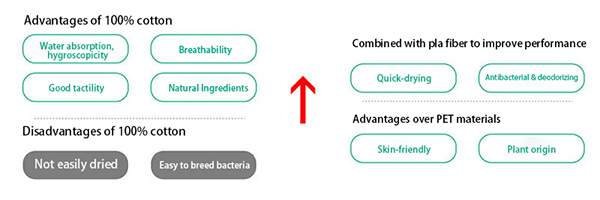
Polylactic acid (PLA) fibers and the fabrics made from them have several advantages:
1、Antibacterial
Not only do PLA fibers contribute to global environmental sustainability, but they also possess antibacterial properties. They exhibit strong antibacterial effects against harmful bacteria such as Staphylococcus aureus and Moraxella.
PLA fibers have the characteristic of secreting "lactic acid" from the material. The secreted "lactic acid" penetrates the cell membranes of bacteria (such as harmful bacteria) and enters the cells, thereby interfering with bacterial growth and achieving the antibacterial effect of "lactic acid."
2、Deodorization and Mildew Resistance
ESUNfiber’s product have passed the deodorization performance tests of PLA fiber fabric products, meeting all required standards. For indoor drying or partially dried items that breed native bacteria, they achieve a deodorization effect with an activity value above 2.0. For sweat and foot odor, age-related odors, and other smells, they achieve a deodorization effect of over 95%. For body odor, the deodorization effect is over 70%, and for fatigue-related odors, it is over 80%.
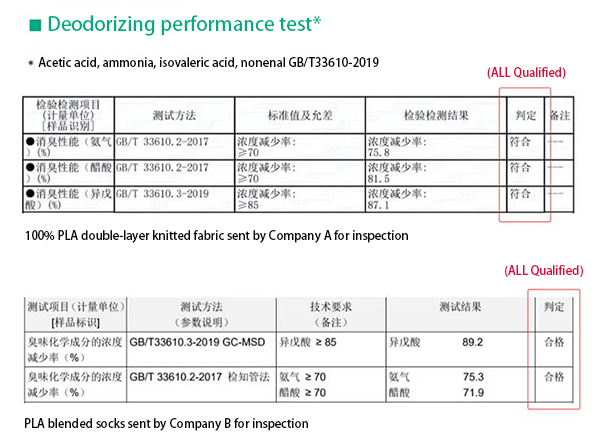
3、Skin Care and Beauty:
Fabrics made from polylactic acid (PLA) fibers, when used in intimate apparel, can improve the skin's ecological microenvironment. PLA is mildly acidic, similar to the skin's pH, and it slowly releases lactic acid, which can remove keratin, promote epidermal metabolism, and aid in collagen growth. PLA's low thermal conductivity ensures warmth in winter, while its moisture-wicking properties provide coolness in summer.
Therefore, PLA intimate apparel can alleviate skin itching, prevent rashes, whiten and beautify the skin, and improve the skin's ecological environment!

eSUN Fiber PLA Underwear, Knitwear, and Toe Socks Display
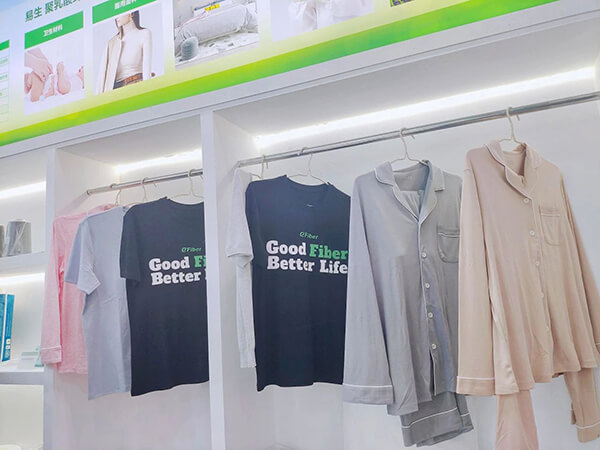
eSUN Fiber PLA T-Shirts, Loungewear, and Pajamas Display
4、Moisture Wicking and Quick Drying
Compared to polyester fibers, cotton, and other materials, polylactic acid (PLA) fibers show superior data in terms of insulation, drying rate, and moisture wicking. PLA fibers exhibit excellent sweat-absorbing and quick-drying properties. When used in the textile fabric industry, PLA fibers provide breathability and sweat-wicking in hot summers, offering users a comfortable experience.
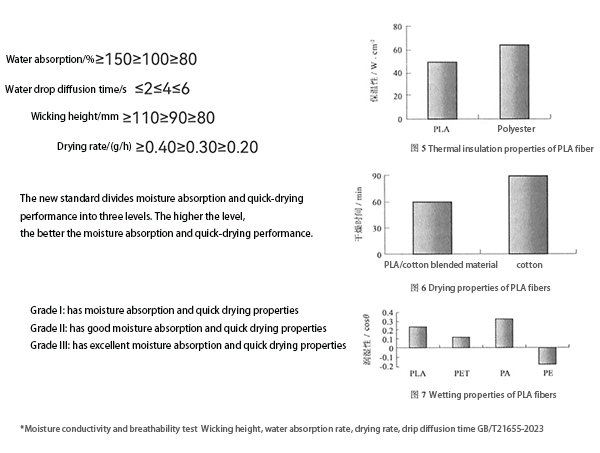
5、Biodegradable and Recyclable
Polylactic acid (PLA) is an environmentally friendly material that is not only biodegradable but also recyclable. Its characteristics of "environmental sustainability," "biodegradability," and "industrial composting and recycling" make PLA an important material for promoting environmental protection and sustainable development. It also opens up new possibilities for the recycling of plastic and fiber materials. With advancements in technology and increased environmental awareness, PLA is expected to play a greater role in the future.
ESUNfiber is continuously exploring and developing the application of polylactic acid fiber in clothing fabrics and yarns. Products such as quilts and blankets made from 100% PLA materials have significant advantages in antibacterial, anti-mite, and anti-allergy properties. PLA T-shirts, pajamas, and similar items offer a smooth, breathable, and skin-friendly experience. Feel free to contact us for more information!











